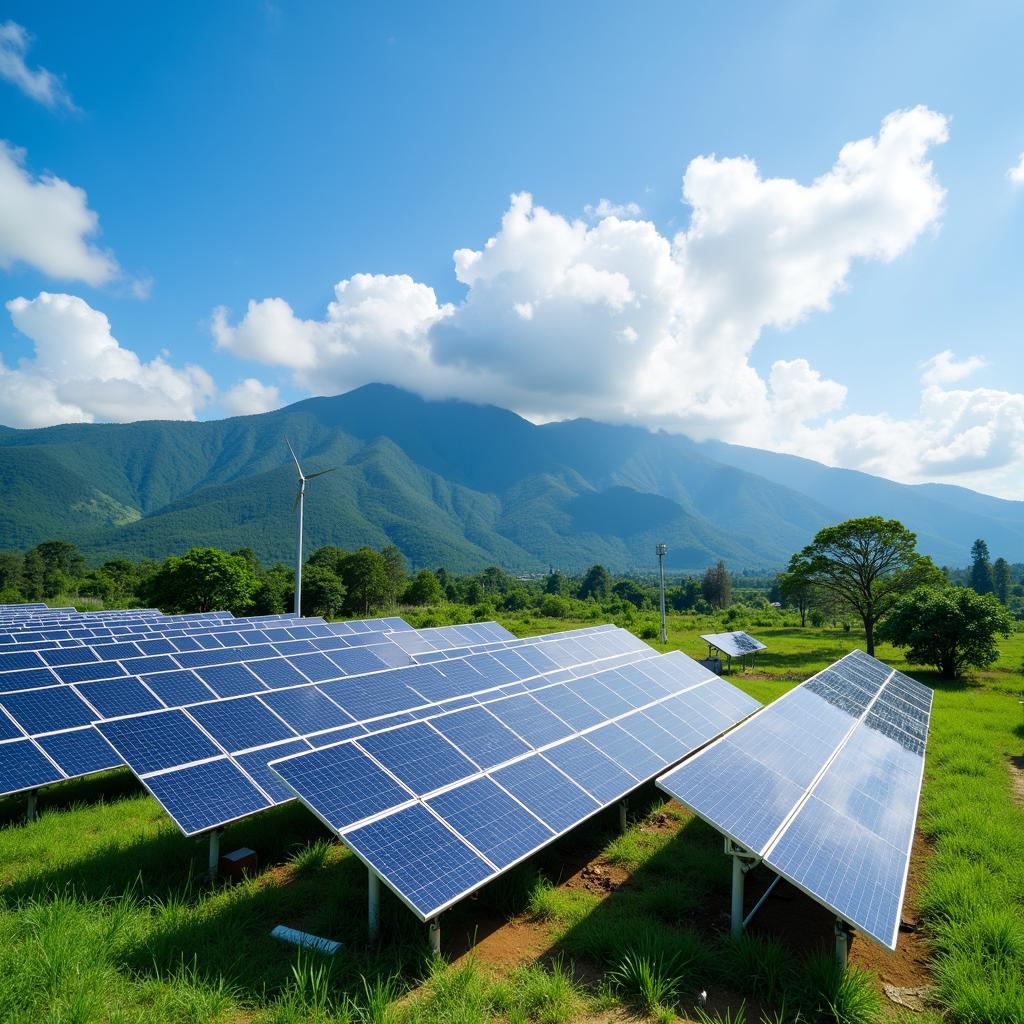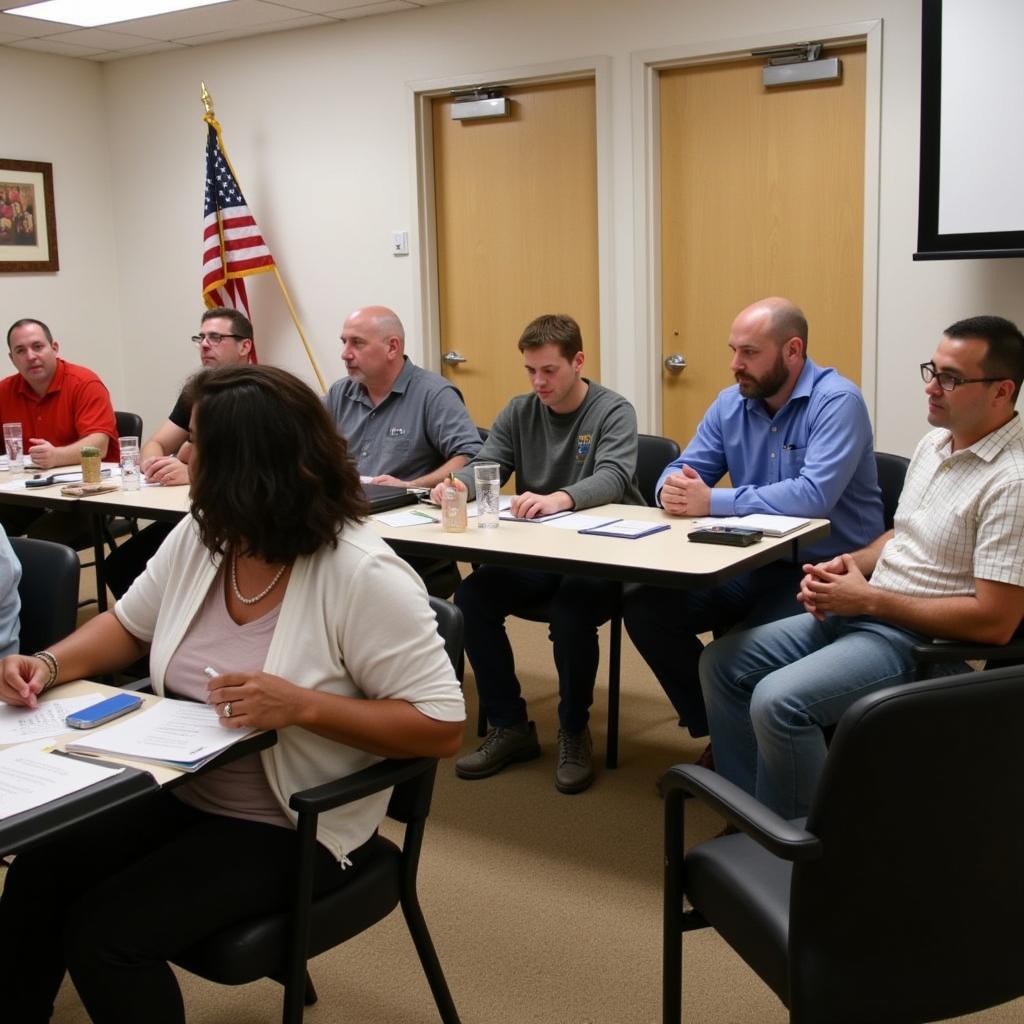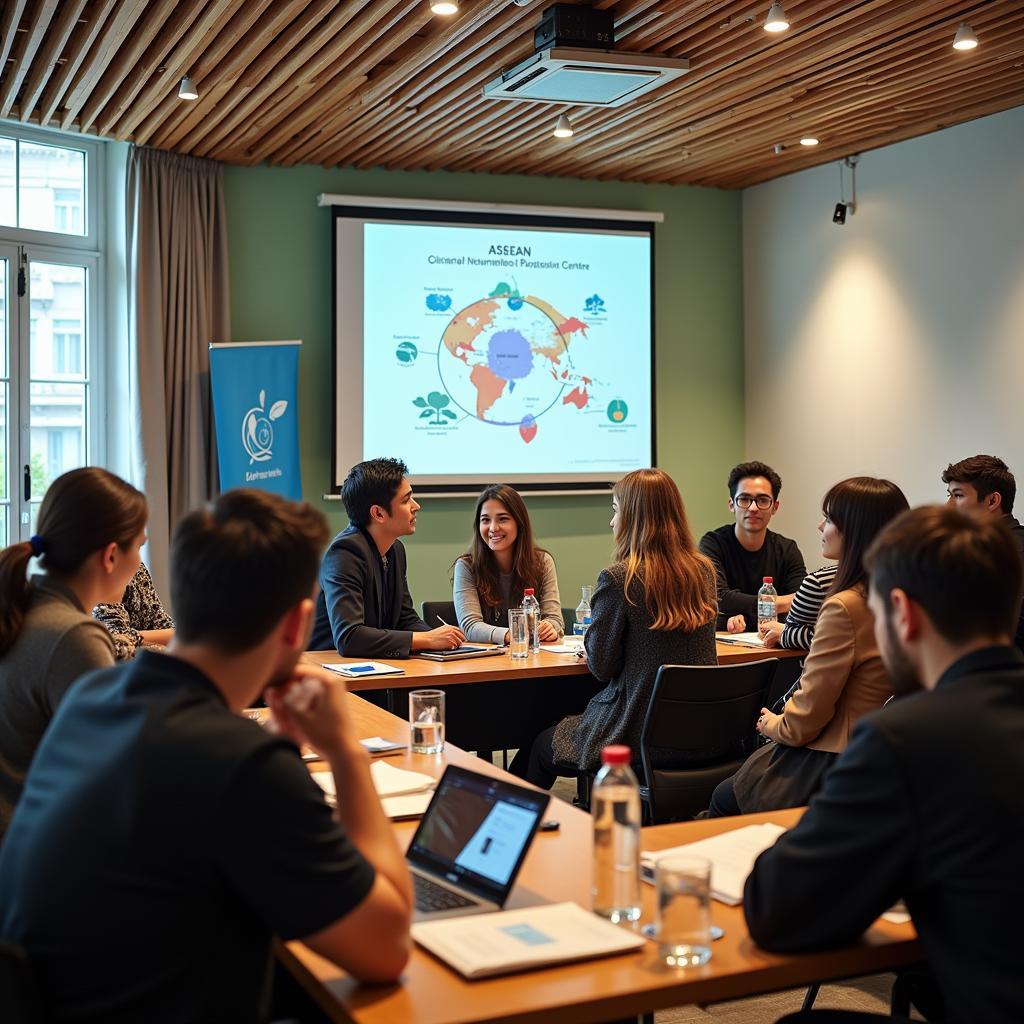The Asean 2015 Agenda In Science And Technology played a crucial role in shaping the region’s development trajectory. It focused on fostering collaboration, innovation, and capacity building to address shared challenges and harness the potential of science and technology for economic growth and social progress. This agenda aimed to create a more integrated and competitive ASEAN community through strategic investments and initiatives in key scientific and technological areas.
Fostering Innovation and Collaboration within ASEAN’s Science and Technology Sector
The 2015 agenda recognized the importance of regional collaboration in driving scientific and technological advancement. Initiatives like joint research projects, technology transfer programs, and the establishment of regional centers of excellence were encouraged. These efforts aimed to pool resources, expertise, and knowledge, creating a synergistic environment for innovation. The agenda also emphasized the need to strengthen intellectual property rights protection within ASEAN to incentivize research and development. By facilitating cross-border cooperation and fostering a culture of innovation, the 2015 agenda sought to position ASEAN as a global player in science and technology.
 ASEAN Science and Technology Collaboration 2015
ASEAN Science and Technology Collaboration 2015
One key aspect of the 2015 agenda was promoting public-private partnerships in science and technology. The goal was to leverage the strengths of both sectors, with governments providing policy support and funding, and the private sector contributing expertise, resources, and market insights. This collaborative approach was deemed essential for translating research findings into tangible commercial applications, fostering economic growth and creating job opportunities.
Addressing Key Challenges Through Science and Technology
The ASEAN 2015 agenda in science and technology identified several key challenges facing the region, including climate change, food security, and disaster management. It emphasized the role of science and technology in developing sustainable solutions to these pressing issues. For example, the agenda encouraged research and development in renewable energy technologies to mitigate climate change and promote energy independence. Similarly, it supported the application of biotechnology and precision agriculture to enhance food production and ensure food security for the growing ASEAN population.
 ASEAN Technology and Climate Change Solutions in 2015
ASEAN Technology and Climate Change Solutions in 2015
Furthermore, the agenda recognized the vulnerability of the region to natural disasters and promoted the development of early warning systems and disaster preparedness technologies. By investing in these areas, ASEAN aimed to strengthen its resilience to natural disasters and minimize their impact on human lives and livelihoods.
Capacity Building and Human Capital Development in ASEAN Science and Technology
The ASEAN 2015 agenda in science and technology prioritized capacity building and human capital development. It recognized that a skilled workforce is essential for driving innovation and technological progress. The agenda emphasized the importance of investing in science education at all levels, from primary school to higher education. It also encouraged the development of vocational training programs to equip individuals with the practical skills needed for the evolving job market.
“Investing in human capital is not just about producing more scientists and engineers, it’s about fostering a culture of lifelong learning and innovation,” says Dr. Maria Santos, a leading expert in science and technology policy in Southeast Asia.
Furthermore, the 2015 agenda promoted mobility programs for researchers and scientists within ASEAN to facilitate knowledge exchange and collaboration. By fostering a dynamic and skilled workforce, ASEAN aimed to enhance its competitiveness in the global economy and create a brighter future for its citizens.
 ASEAN Science Education and Training 2015
ASEAN Science Education and Training 2015
Conclusion
The ASEAN 2015 agenda in science and technology provided a roadmap for regional growth and development. By prioritizing innovation, collaboration, and capacity building, the agenda aimed to unlock the potential of science and technology to address key challenges and create a more prosperous and sustainable future for ASEAN. The agenda’s focus on these crucial areas laid a strong foundation for future progress and continues to shape the region’s science and technology landscape.
FAQ
- What were the main goals of the ASEAN 2015 agenda in science and technology?
- How did the agenda promote regional collaboration in science and technology?
- What key challenges did the agenda address?
- What was the role of capacity building in the agenda?
- How did the agenda promote public-private partnerships?
- What were some of the specific initiatives under the agenda?
- What was the impact of the 2015 agenda on ASEAN’s science and technology landscape?
ASE Healthcare in the Context of the 2015 Agenda
The advancements in science and technology promoted by the 2015 agenda also had implications for healthcare in the region. ASE healthcare benefited from the increased focus on research and development, particularly in areas such as biotechnology and medical technology.
Further Questions and Resources
For further information on ASEAN initiatives, explore other resources available on our website.
Contact Us
For assistance, please contact us at Phone: 0369020373, Email: aseanmediadirectory@gmail.com or visit our office at Thon Ngoc Lien, Hiep Hoa, Bac Giang, Vietnam. We have a 24/7 customer service team.

